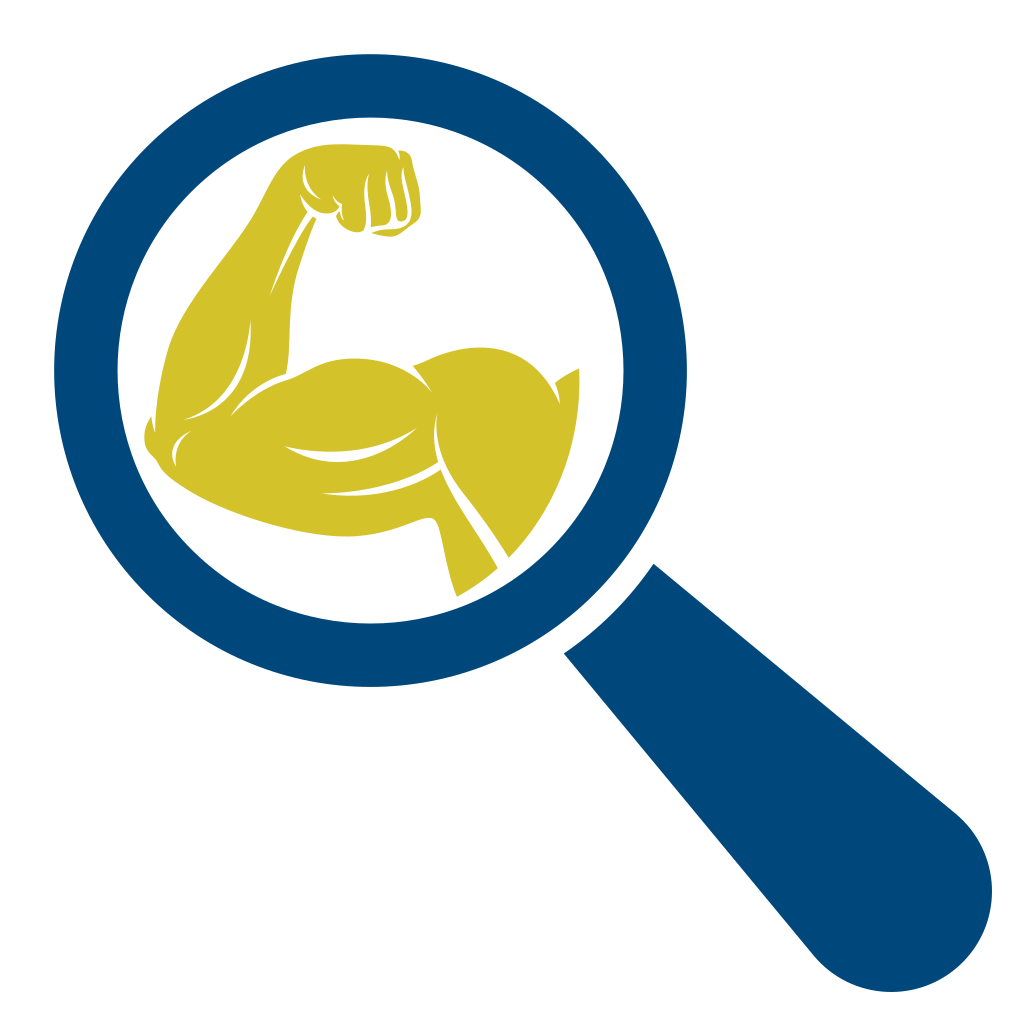Pectoral asymmetry: causes and solutions

Understanding Chest Muscle Asymmetry
Definition of Muscle Asymmetry
Muscle asymmetry refers to an unequal development between the muscles on the left and right sides of the body. In the chest muscles, this can manifest as one pectoral being visibly larger or stronger than the other. This phenomenon is common and can arise from various causes, ranging from genetics to daily lifestyle habits.
Importance of Muscle Balance
Maintaining balanced muscle development is crucial not only for aesthetic purposes but also to minimize the risk of injuries. Significant imbalances can place excessive strain on certain joints, leading to discomfort or long-term injuries. Achieving optimal balance ensures better performance and endurance in physical activities.
Causes of Chest Muscle Asymmetry
Anatomical Factors
Genetics play a major role in body structure. Natural differences in muscle shape and size can exist from birth. Additionally, variations in bone length can contribute to apparent imbalances.
Get your personalized program! 🎯
Stop wasting time with random exercises
Our AI creates a custom training program adapted to your goals, level, and available equipment. Get results faster with a structured plan designed just for you.
Training Errors
Inadequate training programs can exacerbate asymmetries. For instance, favoring one side during pushing exercises, such as the bench press, can strengthen one muscle more than the other.
Lifestyle Habits and Posture
Daily posture has a significant impact on muscle development. Prolonged positions, such as sitting at a desk, can lead to asymmetric muscle usage. Habits like always carrying a bag on the same shoulder can also create imbalances.
Solutions to Correct Chest Muscle Asymmetry
Targeted Exercises
To address muscle imbalance, it is essential to include specific exercises that target the less-developed pectoral muscle. Movements such as unilateral bench presses or dumbbell flyes are particularly effective. Working with free weights allows isolation and strengthening of the weaker muscle, promoting harmonious development. With FitMetrics, you have access to a comprehensive catalog of exercises, complete with detailed execution videos and clear instructions.
Adjustments to the Training Program
Modifying your training routine is essential to address asymmetry. Adding more sets for the weaker side and adjusting training volumes will help. It is also recommended to use moderate weights to ensure evenly distributed development between both sides.
Monitoring and Evaluating Progress
Regular progress tracking is vital to optimize results. Using measurements and visual assessments, such as regular selfies or videos, provides excellent feedback on your development. This allows you to adjust your efforts based on visible results. To simplify the process, the FitMetrics app automatically records your progress, generates graphs, and provides personalized statistics to help you clearly visualize your evolution.
Conclusion
Correcting chest muscle asymmetry requires a thoughtful and systematic approach. By understanding the causes, adjusting your training routine, and maintaining rigorous tracking, you can achieve harmonious muscle balance. The solutions outlined here serve as a starting point to achieve your fitness goals safely and effectively. Remember, persistence and attention to detail will make all the difference.
Credits

Sources
- National Strength and Conditioning Association (NSCA) (nsca.com)
- Journal of Strength and Conditioning Research (journals.lww.com)
- American College of Sports Medicine (ACSM) (acsm.org)

